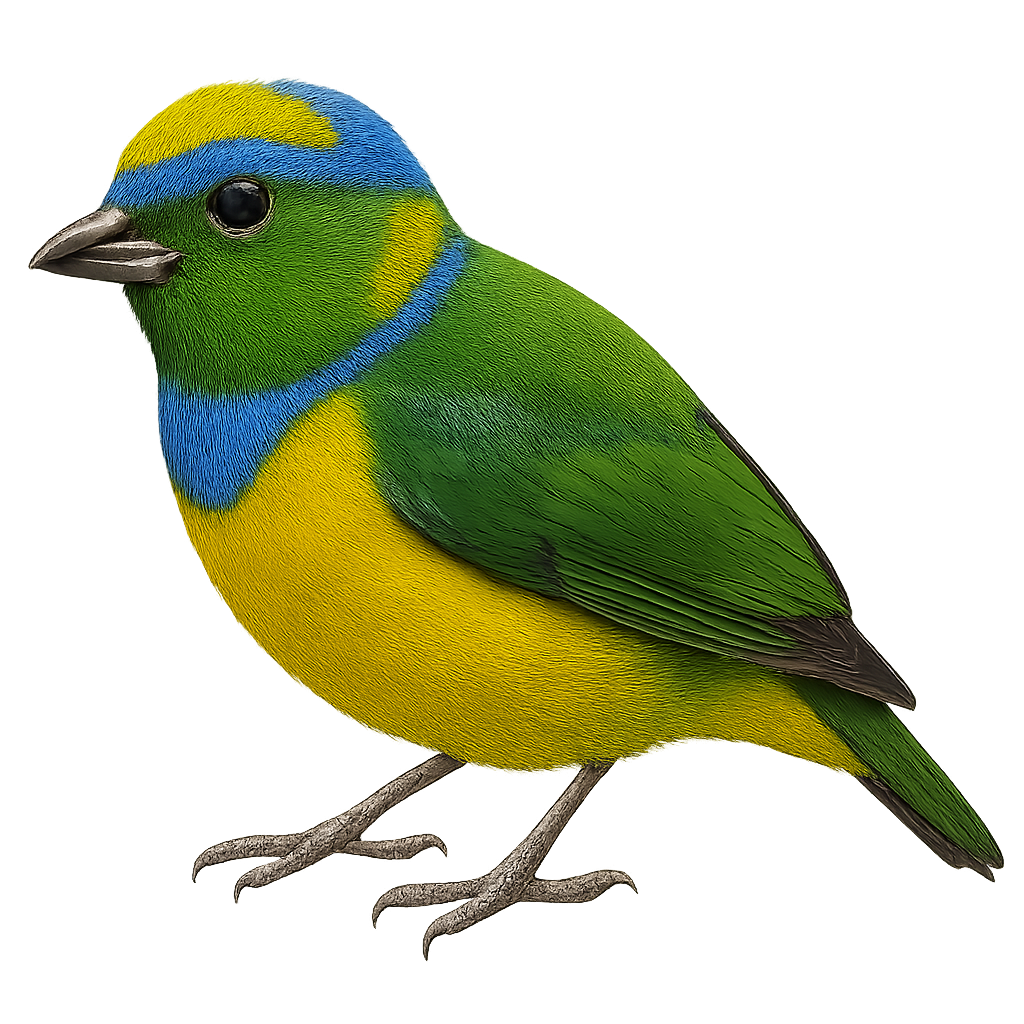Your wildlife photography guide.
Explore the yellow-collared chlorophonia in detail, study its behavior, prepare your shots.
Where to observe and photograph the yellow-collared chlorophonia in the wild
Learn where and when to spot the yellow-collared chlorophonia in the wild, how to identify the species based on distinctive features, and what natural environments it inhabits. The WildlifePhotographer app offers tailored photography tips that reflect the yellow-collared chlorophonia’s behavior, helping you capture better wildlife images. Explore the full species profile for key information including description, habitat, active periods, and approach techniques.
Yellow-collared Chlorophonia
Scientific name: Chlorophonia callophrys

IUCN Status: Least Concern
Family: FRINGILLIDAE
Group: Birds
Sensitivity to human approach: Suspicious
Minimum approach distance: 10 m
Courtship display: March to July
Incubation: 12-14 jours
Hatchings: March to August
Habitat:
Rainforests, montane forests, wooded areas
Activity period :
Primarily active during the day, with peak activity in the morning and late afternoon.
Identification and description:
The Yellow-collared Chlorophonia, or Chlorophonia callophrys, is a small, vibrantly colored bird found primarily in the montane rainforests of Central America. Its plumage is a striking mix of emerald green, blue, and yellow, making it easily recognizable. Both males and females exhibit similar colors, although males are often slightly more vibrant. This bird primarily feeds on fruits but can also consume insects and seeds. It is often observed in small groups or pairs, actively moving through the canopy in search of food. Although its habitat is relatively restricted, it is not currently considered threatened.
Recommended lens:
400 mm – adjust based on distance, desired framing (portrait or habitat), and approach conditions.
Photography tips:
To photograph the Yellow-collared Chlorophonia, focus on montane rainforests where it is most active. Use a 400mm lens or longer to capture detailed images without disturbing the bird. Natural morning or afternoon light is ideal to highlight the vibrant colors of its plumage. Be patient and discreet, as this bird can be suspicious. Try to spot groups or pairs, as they often move together in search of food.
The WildlifePhotographer App is coming soon!
Be the first to explore the best nature spots, track rutting seasons, log your observations, and observe more wildlife.
Already 1 439 wildlife lovers subscribed worldwide

